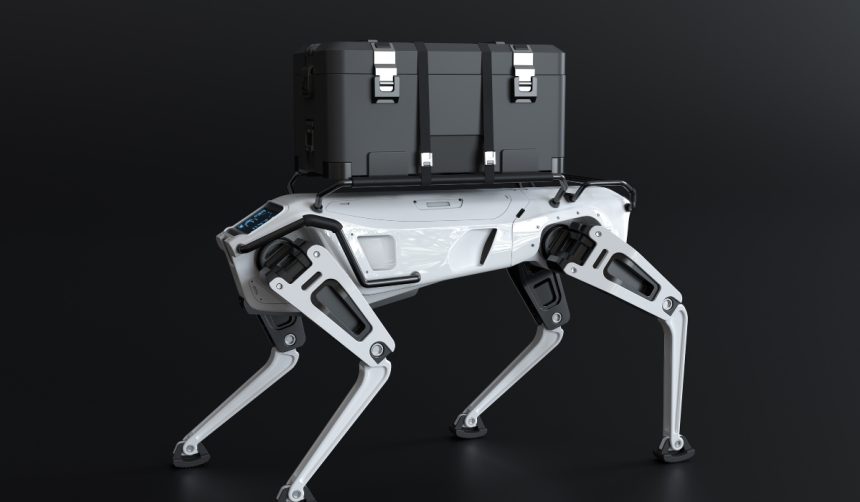A new milestone has been reached in the medical robotics sector as Distalmotion’s DEXTER surgical robot system enters the U.S. market with its first multi-system sale. AdventHealth, a prominent healthcare group operating dozens of hospitals nationwide, is implementing the DEXTER system to boost minimally invasive procedures. The move is expected to impact operating room workflows and could influence future technology adoption by hospitals shifting toward outpatient care. The growing robotic-assisted surgery field is now seeing increased competition and expanding options for healthcare institutions.
Until now, several robotic surgery platforms, such as Intuitive Surgical’s da Vinci, have dominated hospital settings, particularly for complex procedures. Earlier adoption focused on high-cost, large-scale systems, which often limited accessibility to larger hospitals with more resources. Compared to those platforms, Distalmotion positions DEXTER as more accessible, especially for outpatient and smaller surgical centers. The recent approval of DEXTER for inguinal hernia repair and cholecystectomy fits within the regulatory landscape that has gradually broadened indications for robotic devices in the U.S., reflecting efforts to improve patient outcomes and operational efficiency across more healthcare settings.
How Does DEXTER Address Outpatient Needs?
Hospitals are increasingly in search of surgical robots that offer mobility, smaller footprints, and ease of integration into established routines, particularly in outpatient departments and ambulatory surgical centers. Distalmotion designed DEXTER to respond to these requirements by making the system portable and easy to transfer between operating rooms, helping streamline schedules and potentially allowing more patients timely access to minimally invasive surgery. The company also emphasizes its sterile console and open architecture—a combination they argue is unique in the current U.S. and European markets.
What Features Distinguish DEXTER from Competitors?
One key point is DEXTER’s ability to allow surgeons to maintain sterility without leaving the bedside, thus minimizing disruption during operations and facilitating swift shifts between laparoscopic and robotic procedures. The open architecture of DEXTER enables compatibility with existing hospital instruments and technologies, avoiding the costs of dedicated, proprietary tools. The system’s use of fully wristed, single-use robotic instruments aims to expand surgeons’ precision during soft-tissue interventions, with the further benefit of facilitating supply chain management by using pre-existing OR resources.
What Does Clinical Experience Reveal So Far?
Since obtaining regulatory nods, DEXTER has been used in over 2,000 surgeries worldwide, covering multiple specialties like general, gynecological, and urological surgery. In the U.S., it is currently cleared for inguinal hernia repair and cholecystectomy in adults over 22. Distalmotion reports that ongoing clinical work—including the NEST and HYPER studies and a new sacrocolpopexy trial—is designed to support both efficacy and broadened usage of the DEXTER system. These studies demonstrate an ongoing commitment to validating robotic solutions for a wider range of minimally invasive procedures.
“We’re excited to have completed our first cases with DEXTER as we bring robotic surgery to our outpatient department,” said Dr. Carlos Ortiz-Ortiz of AdventHealth Celebration, underscoring the hospital’s priorities around flexibility and efficiency as they integrate robotic technology.
Distalmotion’s multi-system agreement with AdventHealth marks a significant phase in U.S. expansion, signaling a trend of growing acceptance of portable and flexible robotic solutions outside traditional inpatient settings. The portability, streamlined integration, and open compatibility of DEXTER suggest that more ambulatory surgical centers and outpatient units may consider adopting such devices as part of a wider modernization strategy. For medical professionals evaluating robotics, it may become increasingly important to compare not only efficacy and cost, but also how well a robotic system fits within their facility’s space, existing workflows, and instrument inventory.
- Distalmotion sold several DEXTER surgical robots to AdventHealth hospitals.
- DEXTER aims to support flexible, efficient outpatient minimally invasive procedures.
- The system’s design targets portability, integration, and compatibility with existing tools.










